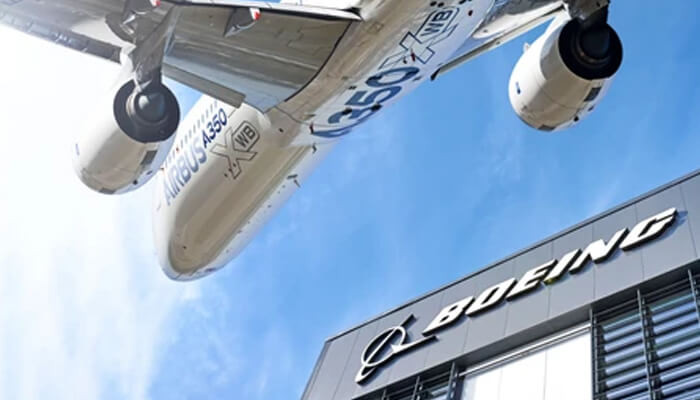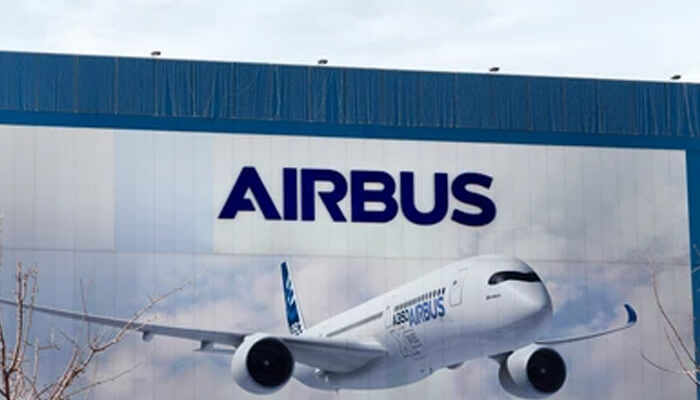This week saw the first commercial flight of China’s response to Boeing and Airbus, the C919, which the country is hailing as a historic victory.
Beijing refers to the aircraft as its first significant domestic passenger jet. It serves as a visible representation of Beijing’s larger “Made in China” strategy, an initiative to lessen the country’s reliance on foreign producers.
But according to experts, the C919 is a sign of China’s persistent reliance on the West rather than elevating its status as a global leader in technological innovation.
This is due to the fact that a sizable portion of the aircraft’s parts are procured from vendors abroad, primarily in North America and Europe. Although analysts claim the actual percentage is substantially greater, Chinese official media has reported that roughly 40% of the model’s components are imported.
Although it is common for manufacturers to assemble their aircraft using parts from all over the world, “the C919 is unique in that almost nothing that keeps it in the air is from China,” said Scott Kennedy, who spent two years as the team leader of a team that investigated China’s decades-long attempts to create its own commercial aircraft.
Their judgment? According to Scott, trustee chair in Chinese business and economics at the Centre for Strategic and International Studies (CSIS) in Washington, the C919 is basically a non-Chinese aircraft with Chinese paint on it.
A Long-Time Desire
The Commercial Aircraft Corporation of China (COMAC), a state-owned company with headquarters in Shanghai, constructed the C919 with the declared intention of allowing “China-made large aircraft fly in the blue sky.”
Shukor Yusof, the founder of Endau Analytics, a company that monitors the aviation sector, says that it is impossible to overestimate how challenging it is.
He cited extremely high challenges, such as the need for significant technical skill, stringent regulatory requirements, and staggering amounts of time and resources, as to why only a small number of countries in the world currently produce their own airplanes.
For instance, the C919 has already cost an estimated $49 billion, according to CSIS, while it notes that determining the exact amount is nearly hard due to COMAC’s murky financial situation.
Despite not being COMAC’s first homegrown aircraft, this design has received greater attention due to its size.
Up to 192 passengers can travel on board the C919, which has a maximum range of 3,500 miles or 5,550 kilometers.
In contrast, COMAC’s first commercial aircraft, the ARJ21, has a far shorter range of 3,700 kilometers (2,300 miles) and can only carry 97 passengers.
The CR929 is a long-range, widebody aircraft that COMAC is also developing. But Kennedy believes that since Russia’s all-out invasion of Ukraine last year, the project, which China and Russia were working on together, has likely come to a standstill.
“That plane will probably never be more than a photo, never be more than a drawing,” he said to CNN. No one will be providing technology to a joint venture between China and Russia.



